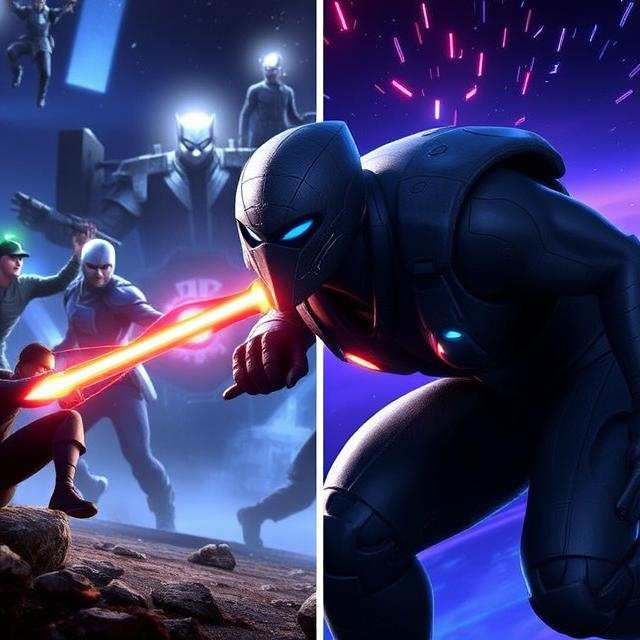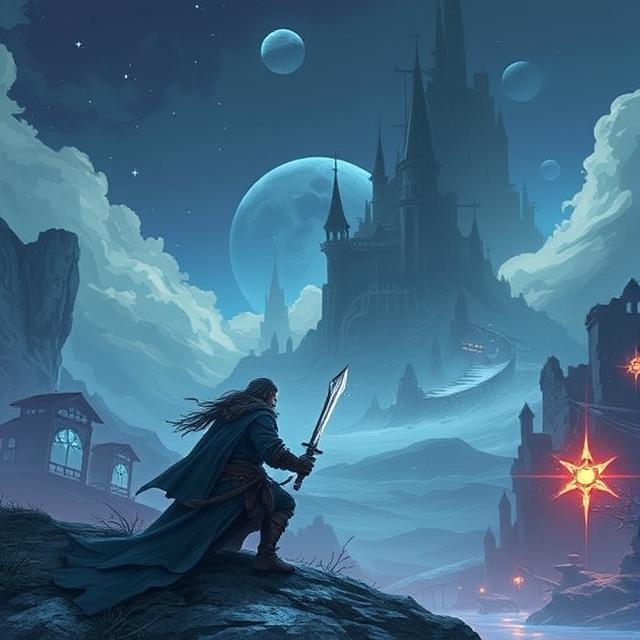In the world of free-to-play (F2P) games, keeping players engaged and coming back is crucial for the long-term success of a title. These games, which are typically offered without an upfront cost but include in-game purchases, rely heavily on player retention to generate revenue. Understanding the science behind player retention can help developers fine-tune game mechanics, create more engaging experiences, and build sustainable player communities.
1. The Psychology of Reward Systems
One of the primary tools used to keep players engaged in free-to-play games is a carefully crafted reward system. Player retention hinges on how well a game can satisfy the player’s desire for rewards while balancing the challenges they face.
- Variable Reward Schedules: Research has shown that players are more likely to return to a game if the rewards they receive are unpredictable. This is known as a “variable reward schedule,” and it is commonly used in many F2P games. For example, loot boxes or daily login rewards can give players a sense of anticipation, as they never know when they will receive a particularly valuable item or bonus.
- Progression Systems: Most free-to-play games feature leveling systems or skill trees that give players a sense of progress. This progress is essential for retention because players are more likely to stay engaged if they feel that their time is being invested in developing their in-game characters or accounts. Games like Fortnite or Clash Royale keep players engaged by offering a steady stream of rewards tied to player progression.
2. Social Interaction and Community Engagement
Another key element of player retention is fostering a sense of community. Social interactions can be a powerful motivator for players to return to the game.
- Co-op and Competitive Play: Multiplayer games with co-op and competitive elements can significantly increase player retention. Players are more likely to return if they have formed social bonds with other players. Games like League of Legends or Apex Legends not only offer gameplay rewards but also provide social interactions through team-based play and online competitions.
- Community Building: Developer involvement in community management is also crucial. Regular updates, responding to player feedback, and creating events or challenges can keep the community active and engaged. Games like World of Warcraft have large communities that are heavily invested in the game’s world, making it more likely that players will continue playing for years.
3. Monetization Without Alienation
Free-to-play games need to balance monetization with player enjoyment. If monetization strategies are too aggressive, they can alienate players and decrease retention.
- Fair Microtransactions: In-game purchases should feel like optional enhancements rather than necessary to progress. Games that use fair, non-predatory microtransaction models, such as offering cosmetics or convenience items instead of pay-to-win advantages, tend to have higher retention rates. This is because players feel that they are not being forced to spend money to stay competitive or enjoy the game.
- Frequent Updates and Content: Regular content updates that add new features, levels, or seasonal events also play a major role in player retention. The content needs to be fresh and rewarding but not overwhelming, ensuring that players always have something new to look forward to.
4. Personalization and Engagement
Personalization has become a powerful tool for improving player retention in F2P games. Tailoring the game experience to individual preferences can create a more immersive and rewarding experience.
- Customizable Avatars and Skins: Offering players the ability to personalize their in-game characters with skins, outfits, and accessories is a common strategy in games like Fortnite or PUBG Mobile. This personalization makes players feel more invested in their avatars and the game itself, which increases the likelihood they will return.
- Dynamic In-Game Events: Events that are tailored to the player’s past activity, such as exclusive offers or rewards based on their behavior, can also incentivize players to log in regularly. Games that personalize the in-game experience based on player behavior or preferences tend to enjoy higher retention.
In conclusion, player retention in free-to-play games involves a mix of psychological principles, community building, effective monetization strategies, and personalization. Developers who can successfully combine these elements create games that keep players engaged and invested, ensuring long-term success.


